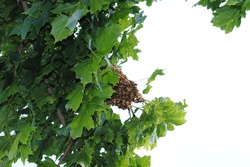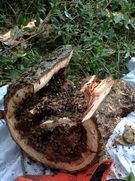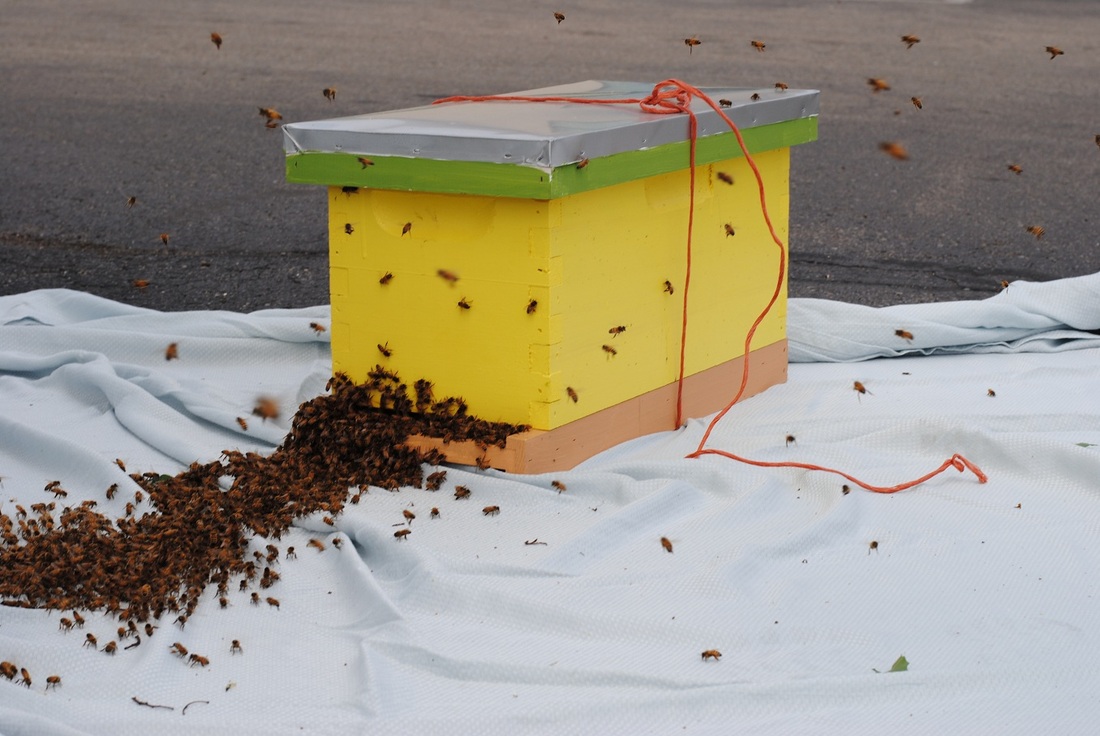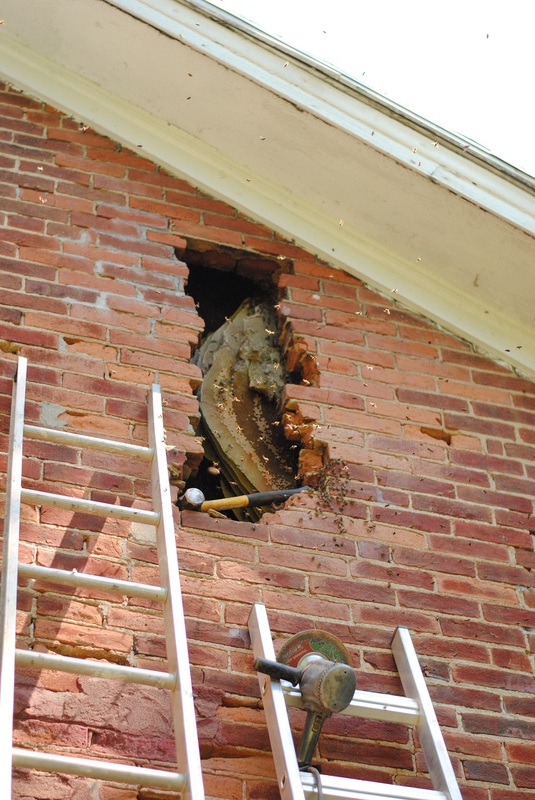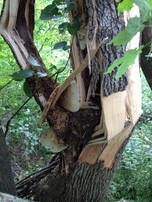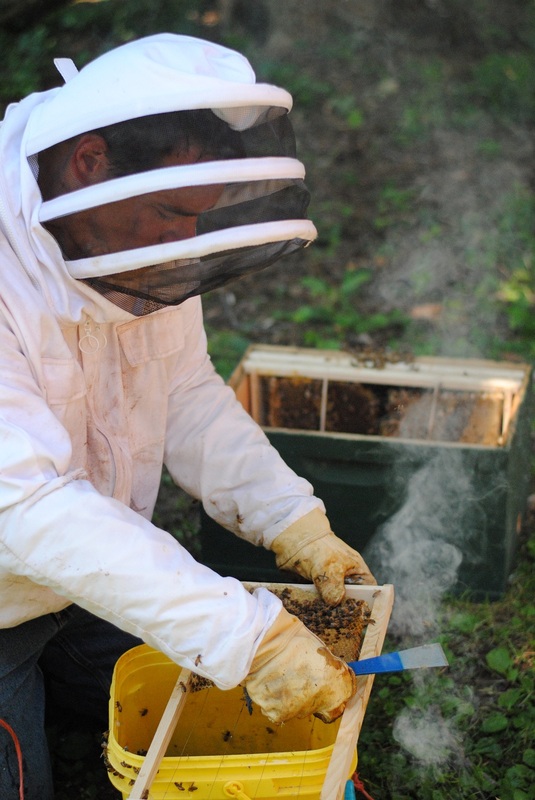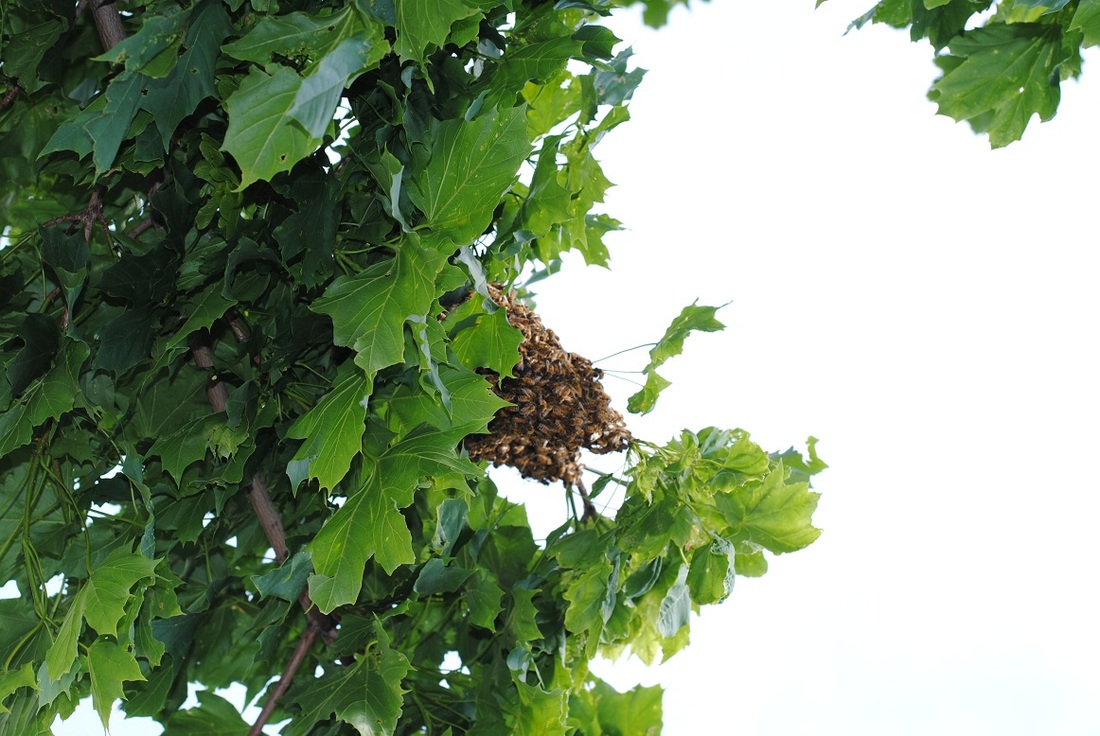Interested in Beekeeping?
Are you interested in becoming a beekeeper? Whether you would like to harvest your own honey, make your own candles, do your part to save the bees, or improve pollination in your lawn or neighborhood beekeeping can be an exciting a rewarding hobby. Most new apiarists start by taking a class on beekeeping, finding a mentor or both.
We started our beekeeping adventure by enrolling in a course offered by West Central Ohio Beekeepers Association, our regional beekeepers club. Spend the time to search for clubs and groups that offer training in your area. Most clubs are not-for-profit and class enrollment fees are used to cover the costs of materials and site rentals. Other organizations offer the courses for free with the hope that you'll purchase your bees or equipment from the instructor. The path you choose will be a personal one, but it is helpful to have an experienced instructor and a mentor you can call upon when needed. We have provided a list of upcoming courses for our area. If you have a course you would like to list please email the webmaster an we'll include.
Click here for a list of Ohio Beekeeping Schools
We started our beekeeping adventure by enrolling in a course offered by West Central Ohio Beekeepers Association, our regional beekeepers club. Spend the time to search for clubs and groups that offer training in your area. Most clubs are not-for-profit and class enrollment fees are used to cover the costs of materials and site rentals. Other organizations offer the courses for free with the hope that you'll purchase your bees or equipment from the instructor. The path you choose will be a personal one, but it is helpful to have an experienced instructor and a mentor you can call upon when needed. We have provided a list of upcoming courses for our area. If you have a course you would like to list please email the webmaster an we'll include.
Click here for a list of Ohio Beekeeping Schools
